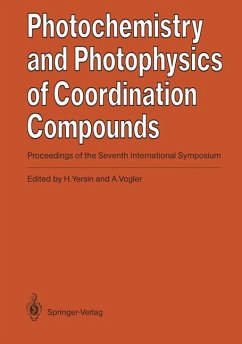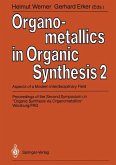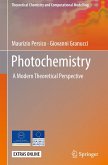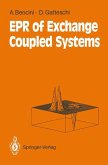The "Seventh International Symposium on the Photochemistry and Photo physics of Coordination Compounds" was held in the charming Schlo~ Elmau lying in a hidden valley of the Bavarian Alps above Garmisch Partenkirchen, Federal Republic of Germany, from March 29 to April 2, 1987. About ninety participants from seventeen countries including about thirty non-European scientists as far away as Japan and Australia came together for this symposium. Forty-five oral and twenty-five poster contributions were presented. These presentations and the opportunity for many formal and informal discussions stimulated an intense scienti fic interaction between the participants. This meeting followed previous symposia held in Muhlheim 1974 (Koerner von Gustorf), Ferrara 1976 (Carassiti, Scandola), Koln 1978 (Wasgestian), Montreal 1980 (Serpone), Paris 1982 (Gianotti) and London 1984 (Harriman). The main fields covered by this 7th Symposium were photo-redox processes, organometallic photochemistry, and properties of metal centered excited states. Furthermore, special complexes such as 2+ [Ru(bpy)3] and related compounds as well as Cr(III)-complexes were discussed extensively. Moreover, a series of potential applications such as solar energy conversion and storage (e.g. water splitting) and photoresist technology were important subjects of this meeting. Thus, it was shown again that the rapidly expanding field of excited-state chemistry and physics of coordination compounds has become an important part of inorganic chemistry.
Hinweis: Dieser Artikel kann nur an eine deutsche Lieferadresse ausgeliefert werden.
Hinweis: Dieser Artikel kann nur an eine deutsche Lieferadresse ausgeliefert werden.








